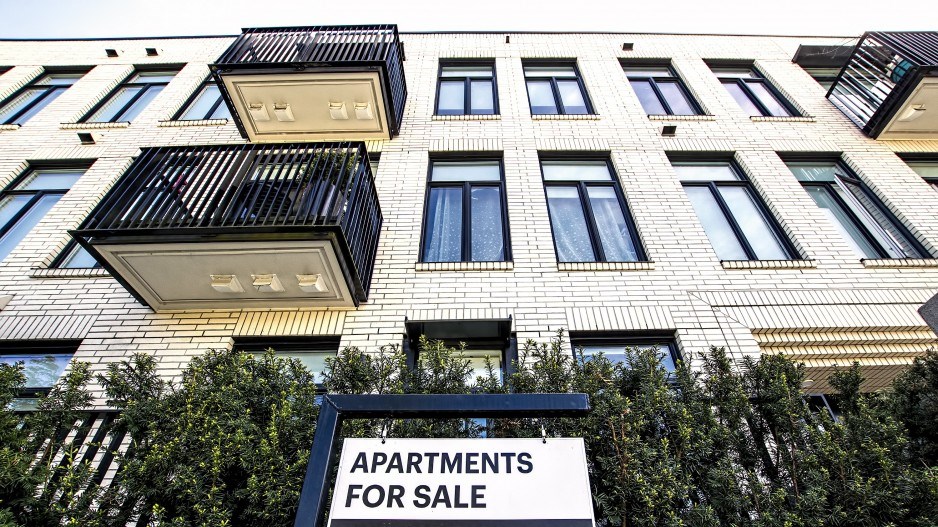Housing in Metro Vancouver remains among the least affordable in the world. Today, a typical household in the region must spend nearly 100 per cent of its pre-tax income on mortgage payments, property taxes and utilities for a typical home, which costs an estimated $1.51 million.
And the problem has spread to other previously affordable municipalities across the province. Many British Columbians, especially younger people, are unable to buy a home and many struggle to afford their rent or mortgage payments. Which raises the question: how much longer can this continue?
A simple problem drives B.C.’s housing affordability crisis—too few housing units are being built to accommodate the province’s growing population, which has exploded since the pandemic due to unprecedented levels of immigration.
In 2023, the province added a record-high 185,360 new residents followed by 125,633 in 2024 (for context, B.C.’s population grew by 95,916 in 2019). Meanwhile, the pace of homebuilding in the province remained largely unchanged. In 2023, construction started on 50,490 new housing units followed in 2024 by 45,828 new units—barely outpacing the 44,932 new units started in 2019 when population growth was about one-third slower.
Moreover, from 1972 to 2019, B.C. added two residents (on average) for every housing unit started compared with 2.7 new residents for every housing unit started in 2024. Clearly, housing supply in B.C. isn’t keeping pace with the province’s growing population. And housing follows the laws of supply and demand—when more buyers chase approximately the same number of homes, prices will rise.
So, how can policymakers in B.C. help increase affordability?
B.C. has little control over its population growth, which is mostly driven by federal immigration and residency policies. Provincial and municipal governments can, however, affect the pace of homebuilding.
The Eby government’s recent provincial zoning reforms, which allow more and denser housing construction especially near public transit, are long overdue considering that B.C. municipalities have had stricter limits on housing development relative to other Canadian cities and the longest wait times in the country for building permits.
However, government policies continue to hinder housing development in the province. Many B.C. municipalities increase housing costs by charging high government fees on new developments. In Burnaby, for example, these fees add more than $38,000 to the cost of building an apartment unit and more than $80,000 to the cost of building a single-family home. Additionally, provincial rent controls discourage housing development by making rental housing projects less attractive to developers.
Meanwhile, the vacant home tax, which the Eby government plans to increase in 2026, and Vancouver council’s short-term rental ban do little to address the underlying problem: that homebuilding must increase significantly. If the provincial and local governments in B.C. want to increase homebuilding, they should reduce the costs, restrictions and timelines they impose on developers.
It's hard to say how long B.C.'s housing affordability crisis will last. But one thing is clear: without a surge in homebuilding—spurred by policies that enable rather than hinder development—it won’t end anytime soon.
Tegan Hill and Austin Thompson are economists at the Fraser Institute




